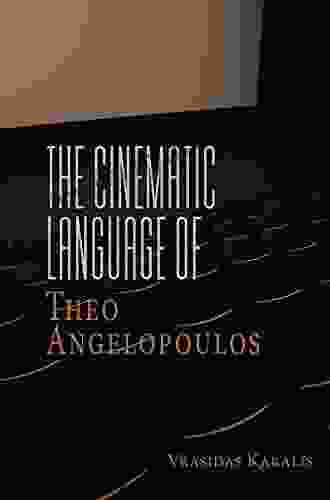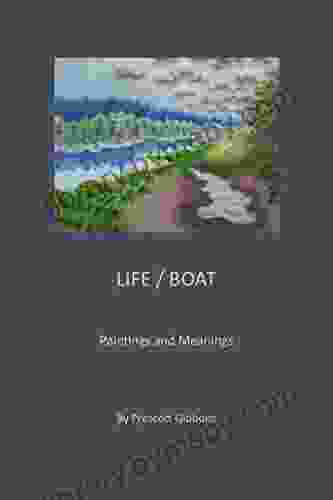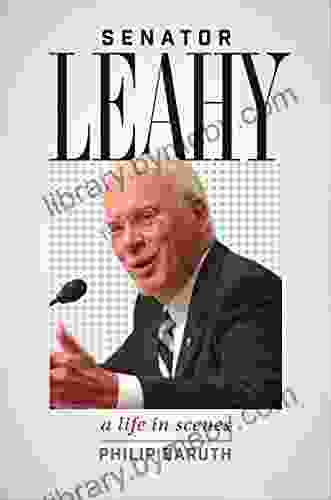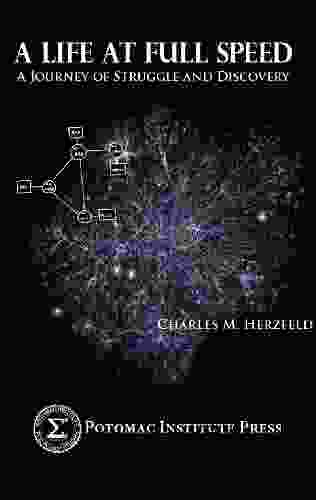Unveiling the Cinematic Language of Theo Angelopoulos: A Journey into Visual Poetry and Historical Reflection

Theo Angelopoulos is widely regarded as one of the most influential and acclaimed filmmakers of the 20th century. Known for his mesmerizing imagery, evocative storytelling, and profound exploration of Greek history, Angelopoulos has crafted a cinematic language that transcends boundaries and captivates audiences worldwide. This comprehensive article delves into the cinematic techniques and themes that define Angelopoulos's unique artistic vision.
One of the defining characteristics of Angelopoulos's cinema is his use of extended long takes. These uninterrupted sequences, some of which span several minutes, allow the audience to immerse themselves fully in the film's atmosphere and the characters' emotions. In "Landscape in the Mist" (1988),for instance, a remarkable 12-minute tracking shot follows the protagonist's arduous journey through the desolate Greek countryside.
Angelopoulos also frequently employs panoramic shots that sweep across vast landscapes, capturing the grandeur of the natural world and the historical significance of the settings. In "Eternity and a Day" (1998),a breathtaking shot slowly pans over a military cemetery, connecting the present to the past and evoking a sense of collective memory and loss.
4.8 out of 5
| Language | : | English |
| File size | : | 10703 KB |
| Text-to-Speech | : | Enabled |
| Screen Reader | : | Supported |
| Enhanced typesetting | : | Enabled |
| Word Wise | : | Enabled |
| Print length | : | 328 pages |
Angelopoulos's films are deeply rooted in Greek history and explore themes of exile, displacement, and national identity. His characters often embody the collective experiences of the Greek people, carrying the weight of the past and grappling with the complexities of the present. In "Ulysses' Gaze" (1995),an exiled Greek filmmaker returns home to confront his country's traumatic history, while in "The Beekeeper" (1986),a young man searches for his father, a missing political activist.
Angelopoulos's films not only reflect the historical and political events of Greece but also resonate with universal themes of human existence. His characters struggle with questions of identity, belonging, and the search for meaning in life. In "Eleni" (1985),a young girl's innocence is confronted by the brutalities of the Greek Civil War, while in "The Travelling Players" (1975),a group of itinerant actors navigate the challenges of life in post-war Greece.
Angelopoulos's cinematic language is imbued with symbolism and metaphor, creating a rich tapestry of visual and thematic meanings. In "The Sacrifice" (1986),an ordinary family decides to sacrifice their daughter to avert a global catastrophe, a gesture that evokes both the biblical story of Abraham and Isaac and the complexities of human nature. In "Dust of Time" (2008),a seemingly unrelated series of events becomes intertwined, revealing the interconnectedness of human lives and the cyclical nature of time.
Angelopoulos's films feature a close collaboration with his creative team, particularly cinematographers Giorgos Arvanitis and Yorgos Frantzis. Together, they have crafted a visually stunning style that emphasizes natural light, nuanced textures, and evocative colors. The landscapes, architecture, and faces that fill Angelopoulos's films are not merely backdrops but active participants in the storytelling.
The cinematic language of Theo Angelopoulos is a testament to the power of visual storytelling to explore history, reflect on humanity, and provoke profound emotions. Through his evocative imagery, symbolic narratives, and collaborative approach, Angelopoulos has created a body of work that continues to inspire and captivate audiences worldwide. His films remain a testament to the transformative power of cinema and the enduring legacy of one of its greatest masters.
Image Alt Attributes:
- image_1: Theo Angelopoulos capturing a long take on set.
- image_2: A panoramic shot of a vast Greek landscape in an Angelopoulos film.
- image_3: A close-up of a character's face, expressing deep emotion.
- image_4: A symbolic scene from an Angelopoulos film, portraying the interconnectedness of human lives.
4.8 out of 5
| Language | : | English |
| File size | : | 10703 KB |
| Text-to-Speech | : | Enabled |
| Screen Reader | : | Supported |
| Enhanced typesetting | : | Enabled |
| Word Wise | : | Enabled |
| Print length | : | 328 pages |
Do you want to contribute by writing guest posts on this blog?
Please contact us and send us a resume of previous articles that you have written.
 Book
Book Novel
Novel Page
Page Chapter
Chapter Text
Text Story
Story Genre
Genre Reader
Reader Library
Library Paperback
Paperback E-book
E-book Magazine
Magazine Newspaper
Newspaper Paragraph
Paragraph Sentence
Sentence Bookmark
Bookmark Shelf
Shelf Glossary
Glossary Bibliography
Bibliography Foreword
Foreword Preface
Preface Synopsis
Synopsis Annotation
Annotation Footnote
Footnote Manuscript
Manuscript Scroll
Scroll Codex
Codex Tome
Tome Bestseller
Bestseller Classics
Classics Library card
Library card Narrative
Narrative Biography
Biography Autobiography
Autobiography Memoir
Memoir Reference
Reference Encyclopedia
Encyclopedia Natalie Smith
Natalie Smith Larissa Pham
Larissa Pham Matt Feret
Matt Feret Rainer Maria Rilke
Rainer Maria Rilke Nick Ruiz
Nick Ruiz Sarah Jo Brown
Sarah Jo Brown Tim Grimes
Tim Grimes Richard L Hughes
Richard L Hughes Phil Moody
Phil Moody Tom Hoffmann
Tom Hoffmann Melanie Mcewen
Melanie Mcewen Thomas R Verny
Thomas R Verny Robert M Goldstein
Robert M Goldstein Marlynn Jayme Schotland
Marlynn Jayme Schotland Melissa Hart
Melissa Hart Stefan H Thomke
Stefan H Thomke Robert Khayat
Robert Khayat Michael Burgan
Michael Burgan Larissa Larsen
Larissa Larsen Lori Rea
Lori Rea
Light bulbAdvertise smarter! Our strategic ad space ensures maximum exposure. Reserve your spot today!
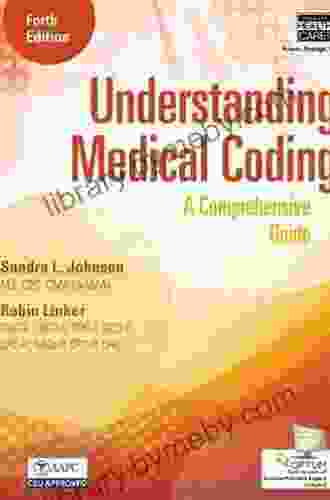
 Camden MitchellUnlock the Secrets of Medical Coding: A Comprehensive Guide for Healthcare...
Camden MitchellUnlock the Secrets of Medical Coding: A Comprehensive Guide for Healthcare... Bret MitchellFollow ·2.8k
Bret MitchellFollow ·2.8k Duane KellyFollow ·17.6k
Duane KellyFollow ·17.6k Harold BlairFollow ·6.5k
Harold BlairFollow ·6.5k Ashton ReedFollow ·19.8k
Ashton ReedFollow ·19.8k Samuel WardFollow ·9.6k
Samuel WardFollow ·9.6k Truman CapoteFollow ·9.8k
Truman CapoteFollow ·9.8k Esteban CoxFollow ·13.3k
Esteban CoxFollow ·13.3k John GrishamFollow ·16.5k
John GrishamFollow ·16.5k
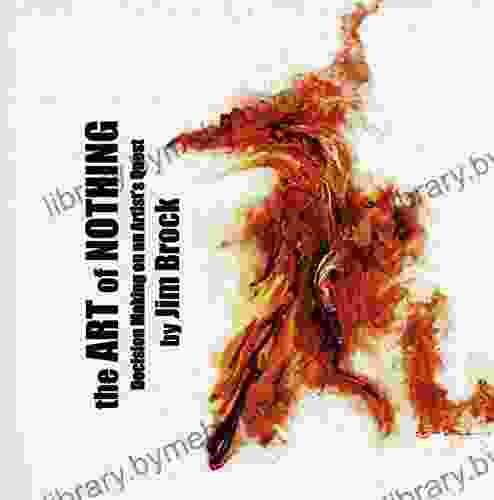
 Clay Powell
Clay PowellDiscover the Enigmatic Beauty and Profound Meaning in...
An Exploration of Emptiness, Fulfillment,...

 Brenton Cox
Brenton CoxThe Life and Times of the Woman Who Changed Abortion: The...
Norma McCorvey, the woman known...

 Darius Cox
Darius CoxBest 60 Short Hairstyles For Women With Thick Hair: A...
Embracing the beauty of...

 John Parker
John ParkerThe Healthy Pregnancy Book: Your Essential Guide to a...
Pregnancy is a...
4.8 out of 5
| Language | : | English |
| File size | : | 10703 KB |
| Text-to-Speech | : | Enabled |
| Screen Reader | : | Supported |
| Enhanced typesetting | : | Enabled |
| Word Wise | : | Enabled |
| Print length | : | 328 pages |


